Home>Ideas and Tips>Cryptic Crawlspaces Solving Moisture Mysteries
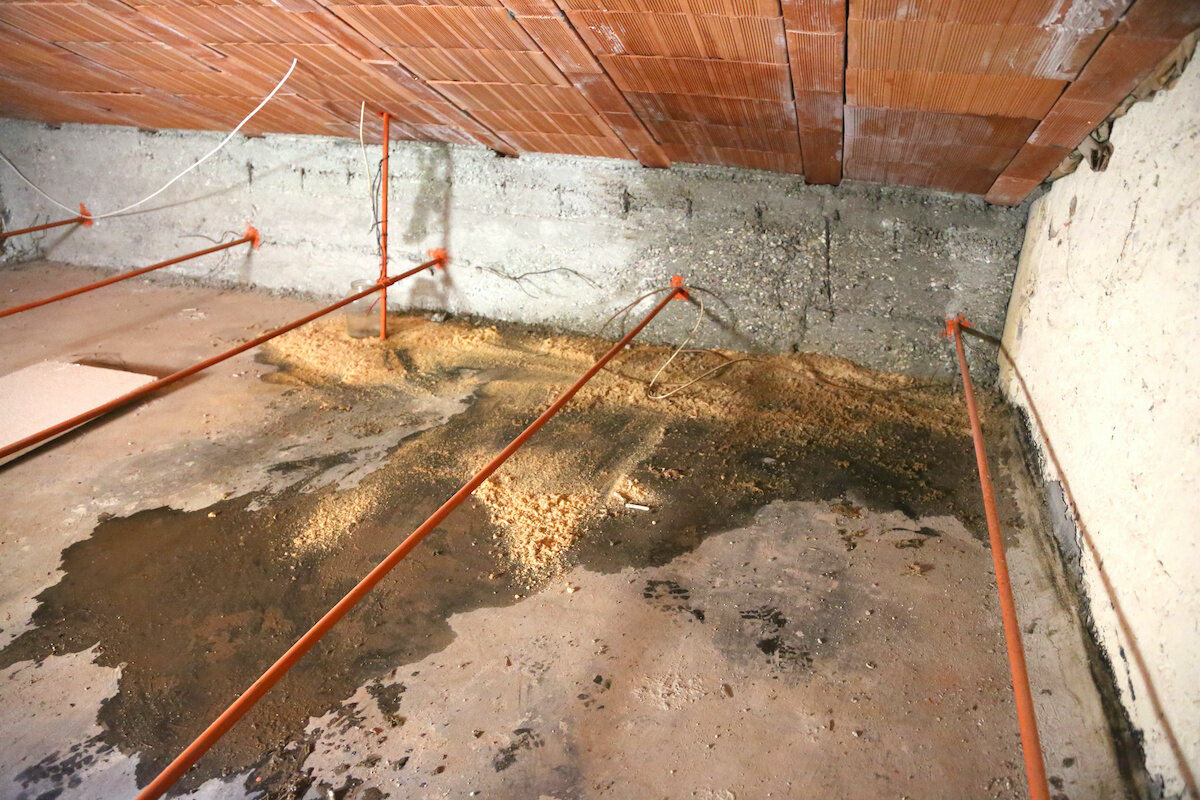

Ideas and Tips
Cryptic Crawlspaces Solving Moisture Mysteries
Published: October 21, 2024
Discover how to manage moisture in crawlspaces to prevent mold, structural damage, and improve indoor air quality with practical solutions.
(Many of the links in this article redirect to a specific reviewed product. Your purchase of these products through affiliate links helps to generate commission for Storables.com, at no extra cost. Learn more)
Crawlspaces are often overlooked areas of a home, but they play a crucial role in maintaining the overall health and integrity of your living space. One of the most significant challenges associated with crawlspaces is moisture management. Excessive moisture can lead to mold growth, structural damage, and poor indoor air quality. In this article, we will delve into the mysteries of crawlspaces, exploring the sources of moisture, the consequences of neglecting these issues, and practical solutions for solving the moisture problems in your cryptic crawlspaces.
Understanding Crawlspaces
Before we dive into the specifics of moisture management in crawlspaces, it's essential to understand what a crawlspace is and its role in your home. A crawlspace is a partially enclosed area between the ground and the first floor of a house. It typically contains plumbing, electrical wiring, and HVAC components. The space is often vented to allow air to circulate and help regulate temperature and humidity levels.
Read more: Cryptic Chimneys Solving Fireplace Mysteries
The Physics of Moisture in Crawlspaces
Moisture in crawlspaces is primarily driven by the physics of water movement and evaporation. According to research by Anton TenWolde and Samuel V. Glass, published in Wood Design Focus in 2013, the moisture in crawlspaces can be influenced by several factors including temperature, humidity, and soil conditions.
Temperature and Humidity
Temperature and humidity are key drivers of moisture in crawlspaces. In humid climates, the air is more likely to hold moisture, which can seep into the crawlspace through various means. During the summer months, the heat can cause moisture to evaporate from the soil and other surfaces within the crawlspace, leading to higher humidity levels.
Soil Conditions
Soil conditions also play a significant role in moisture management. Uncovered soil in crawlspaces can constantly evaporate water into the air, contributing to high humidity levels. This is particularly true in regions with high clay content soils like Georgia red clay, which can retain moisture and release it slowly into the crawlspace.
Sources of Moisture in Vented Crawlspaces
Vented crawlspaces are particularly prone to moisture issues due to their design. Here are some common sources of moisture that can affect these spaces:
Plumbing Leaks
Plumbing leaks are one of the primary sources of moisture in crawlspaces. These leaks can occur in both supply lines and drain lines as they pass through the crawlspace. Because these areas are visited infrequently, leaks can go undetected for extended periods, leading to significant moisture accumulation.
Soil
Uncovered soil is another significant source of moisture in crawlspaces. Even seemingly dry patches of soil can constantly evaporate water into the air, contributing to high humidity levels. The use of vapor barriers can help mitigate this issue by covering the soil and preventing moisture from entering the crawlspace.
Air Conditioner Condensate Lines
Air conditioner condensate lines are also susceptible to leaks and damage. These lines often run lower through the crawlspace, making them more prone to damage from debris or poor installation quality.
Consequences of Neglecting Moisture Issues
Neglecting moisture issues in crawlspaces can lead to several serious consequences:
Mold Growth
Excessive moisture creates an ideal environment for mold growth. Mold thrives in damp conditions and can spread quickly through the crawlspace, potentially entering your living space through HVAC systems or other openings. Mold growth not only affects indoor air quality but also poses health risks to occupants.
Structural Damage
Prolonged exposure to moisture can cause structural damage to your home's foundation and walls. Wood rot and termite infestations are common issues that arise from neglected crawlspaces. These problems can lead to costly repairs if left unaddressed.
Poor Indoor Air Quality
Moisture in crawlspaces can also affect indoor air quality by allowing pollutants and allergens to enter your living space. This is particularly concerning for individuals with respiratory issues or allergies.
Practical Solutions for Solving Moisture Mysteries
Solving moisture mysteries in crawlspaces requires a comprehensive approach that addresses the root causes of the problem. Here are some practical solutions:
Encapsulation
Encapsulating your crawlspace involves covering the entire area with a durable plastic sheeting. This method helps prevent moisture from entering the space by creating a vapor barrier that prevents water vapor from rising into the crawlspace.
Drainage Systems
Implementing a drainage system is crucial for managing bulk water issues in crawlspaces. This might include installing sump pumps or French drains to redirect water away from the foundation.
Insulation
Proper insulation of the crawlspace floor can help reduce heat transfer and prevent moisture from accumulating. Insulation materials like foam board or spray foam can be effective in maintaining a dry environment.
Dehumidifiers
Using dehumidifiers specifically designed for crawlspaces can help control humidity levels by removing excess moisture from the air. This is particularly useful in humid climates where moisture accumulation is more common.
Leaky Ductwork
Leaky ductwork can bring warm humid air into the crawlspace, which then condenses on cooler surfaces, contributing to moisture issues. Sealing leaky ducts is essential for maintaining a dry environment within your crawlspace.
High-Quality Vapor Barriers
Choosing high-quality vapor barriers is critical when encapsulating your crawlspace. Cheap, manufactured vapor barriers can sometimes be the culprits behind mysterious odors like cat urine smells due to their structural flaws.
Read more: Cryptic Corners Solving Awkward Room Layouts
Case Study: Solving a Crawl Space Water Mystery
A real-life case study illustrates the importance of thorough investigation and proper solution implementation when dealing with moisture mysteries in crawlspaces.
In a scenario described by Allison Bailes of Energy Vanguard, a homeowner had to address bulk water issues before encapsulating their crawlspace. The source of the water was traced back to an improperly managed downspout extender behind a camellia bush near the house. Once reattached securely, the corner that was previously full of water dried out, allowing for successful encapsulation and improved indoor air quality.
Conclusion
Moisture mysteries in crawlspaces are complex issues that require careful investigation and effective solutions. By understanding the physics behind moisture movement and addressing common sources such as plumbing leaks, uncovered soil, and air conditioner condensate lines, homeowners can significantly reduce the risk of mold growth, structural damage, and poor indoor air quality.
Encapsulation with high-quality vapor barriers combined with proper insulation and drainage systems can create a healthier environment within your home's foundation area. Additionally, using dehumidifiers and sealing leaky ductwork further enhances moisture management efforts.
By taking proactive steps towards solving these mysteries through comprehensive solutions tailored to specific needs—whether it’s addressing bulk water problems or ensuring proper ventilation—you can ensure your cryptic crawlspaces remain dry and healthy for years to come.
References: TenWolde, A., & Glass, S. V. (2013). Moisture in Crawl Spaces. Wood Design Focus, 23(3), 11-17. Energy Vanguard. (2017). 4 Ways Moisture Enters a Vented Crawl Space. Crawl Space Ninja. (2024). Solving the Mystery of Cat Urine Smells in Crawl Spaces. Advanced Energy. (n.d.). Crawl Spaces. Energy Vanguard. (2015). Solving a Crawl Space Water Mystery.
Was this page helpful?
At Storables.com, we guarantee accurate and reliable information. Our content, validated by Expert Board Contributors, is crafted following stringent Editorial Policies. We're committed to providing you with well-researched, expert-backed insights for all your informational needs.
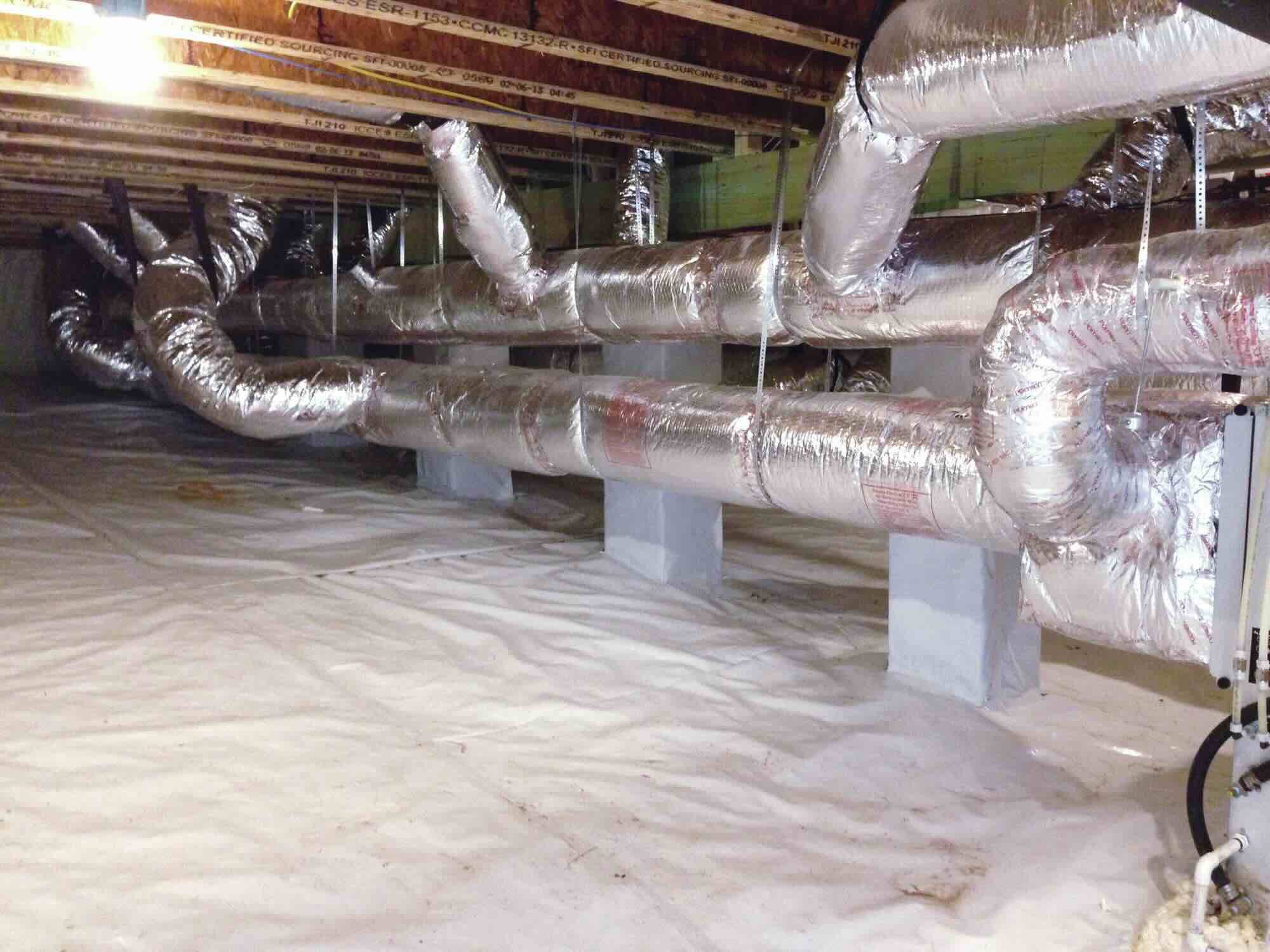
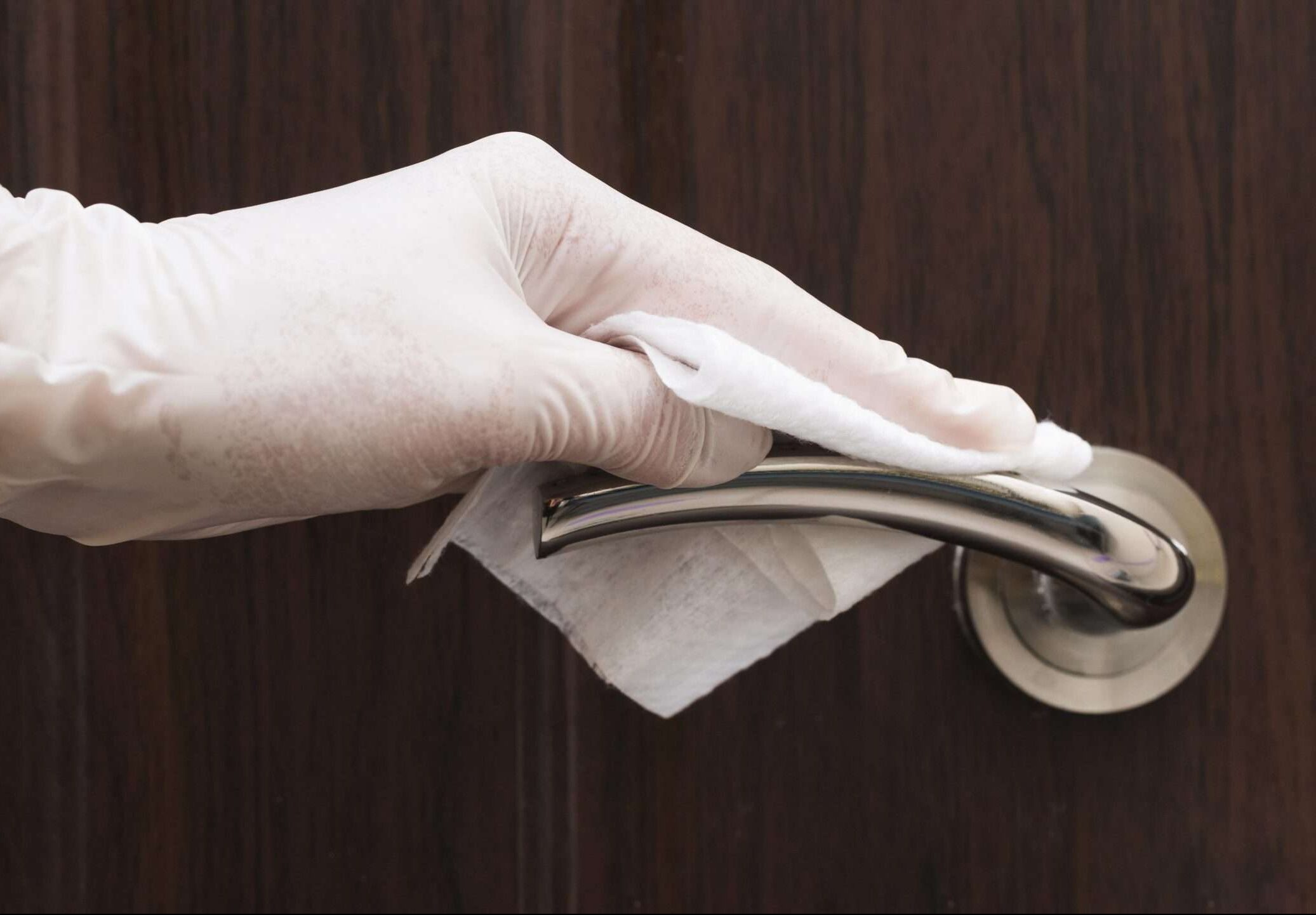


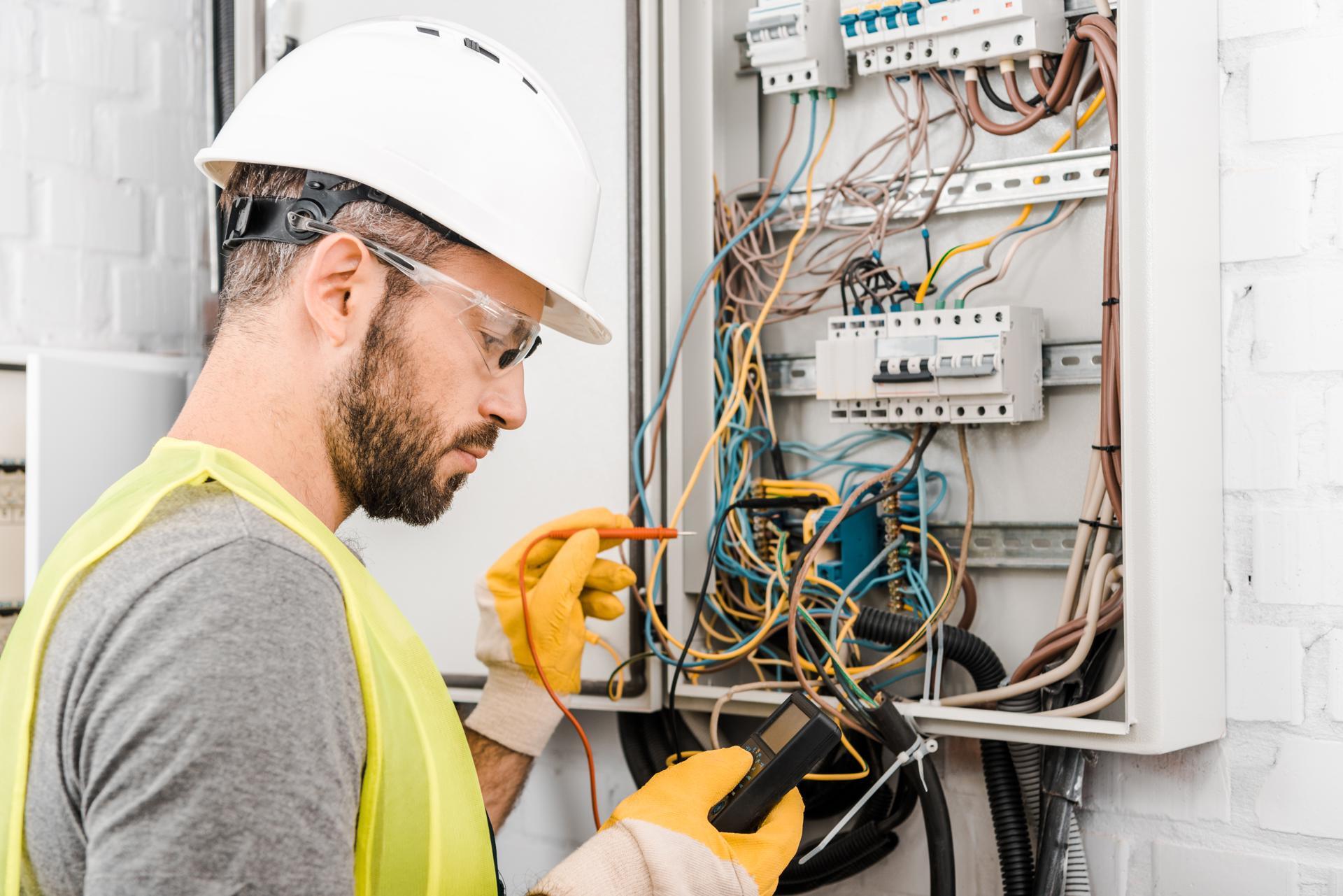
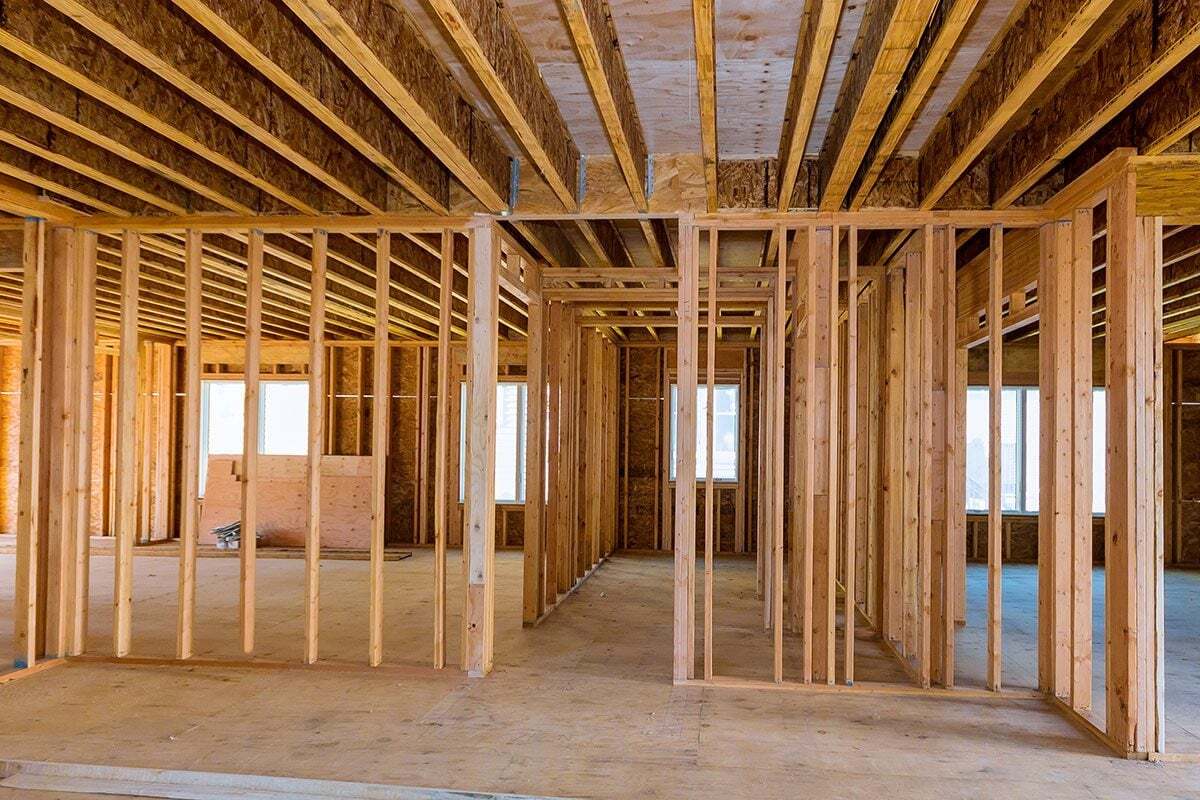
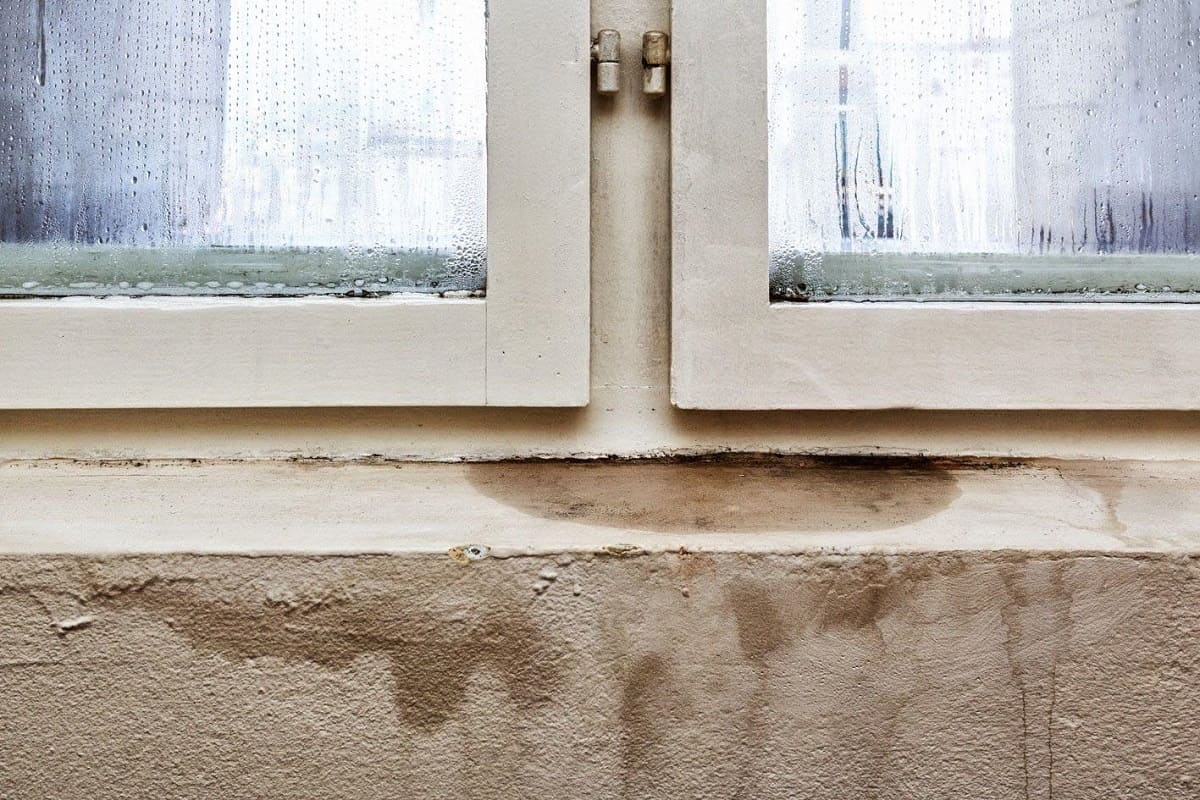

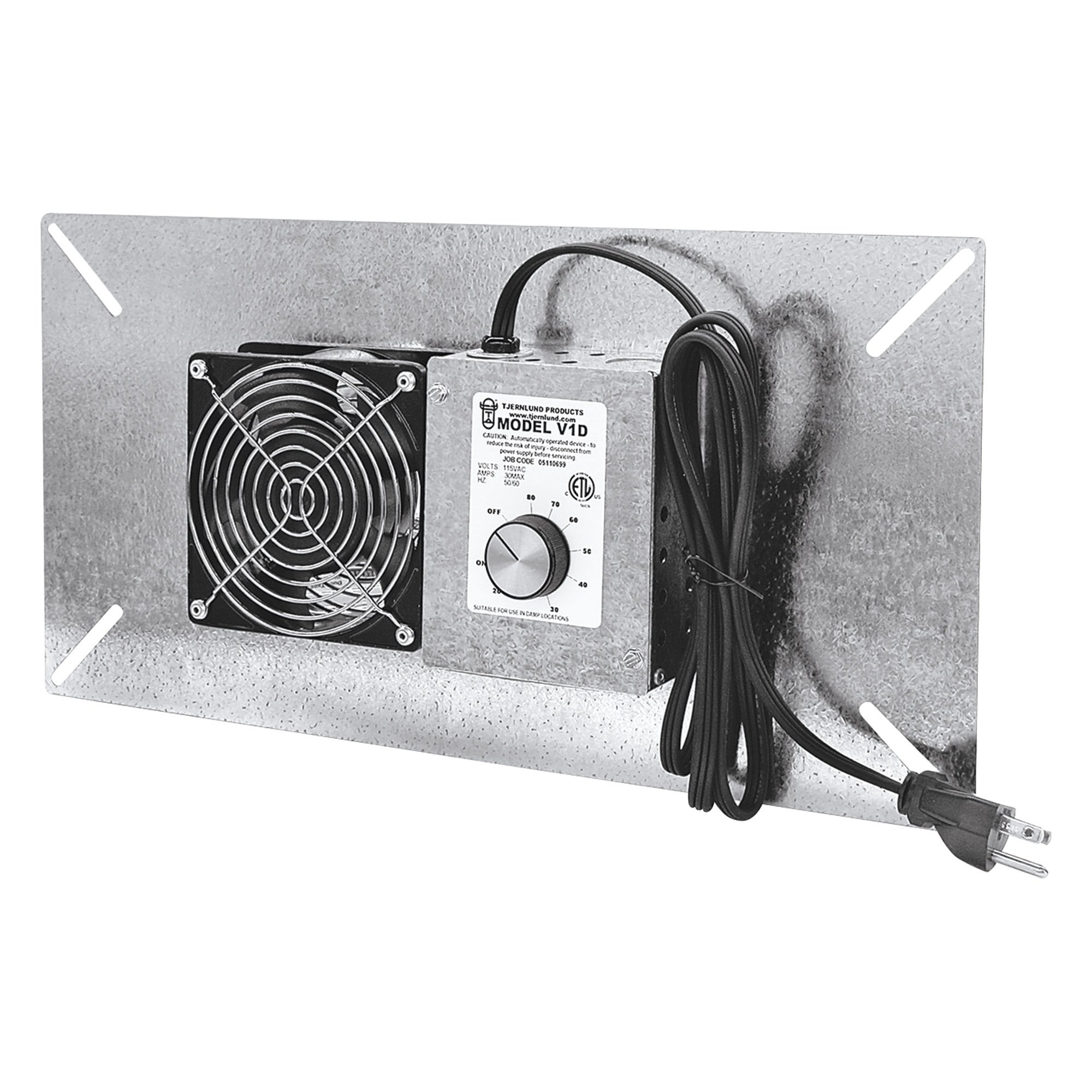
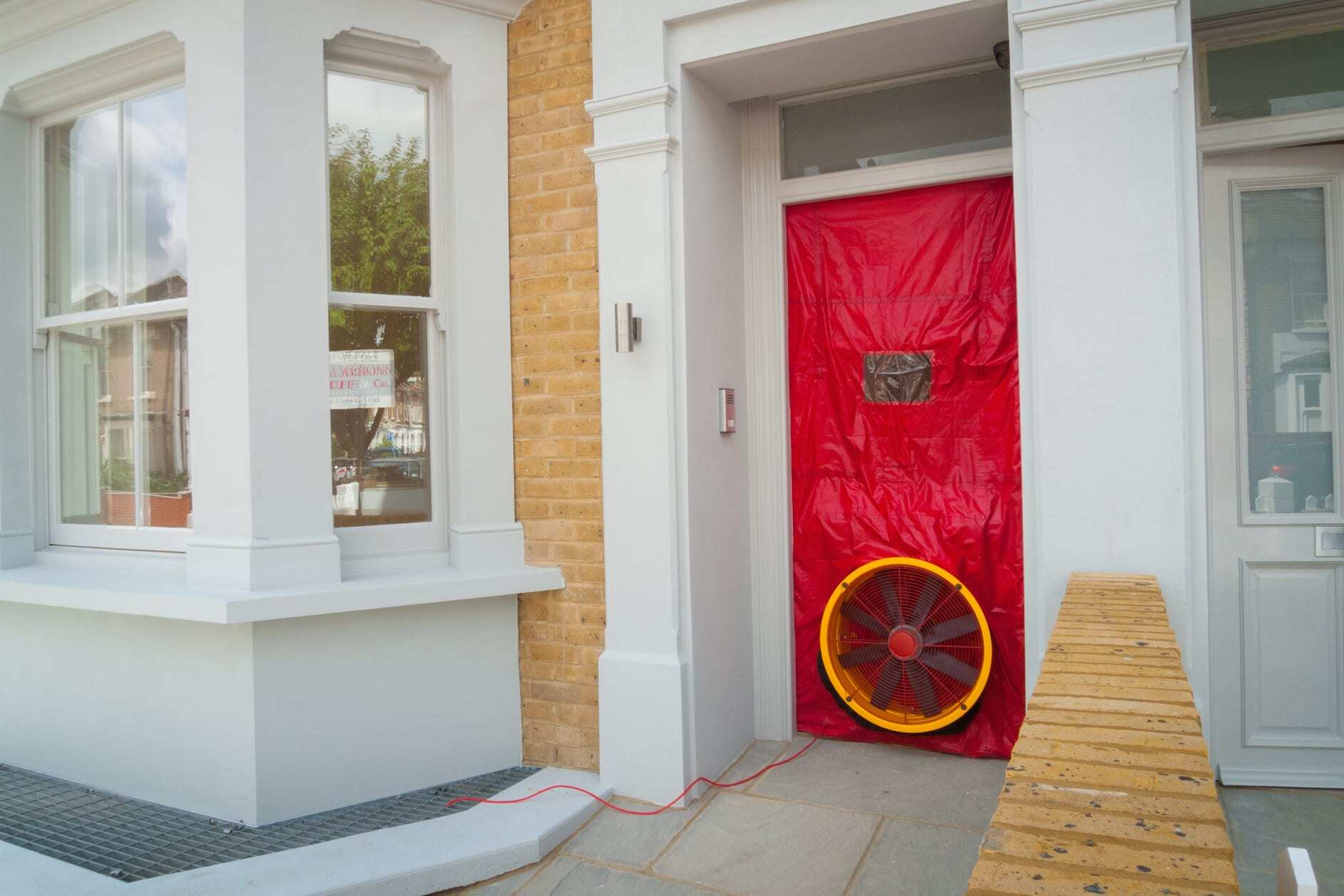

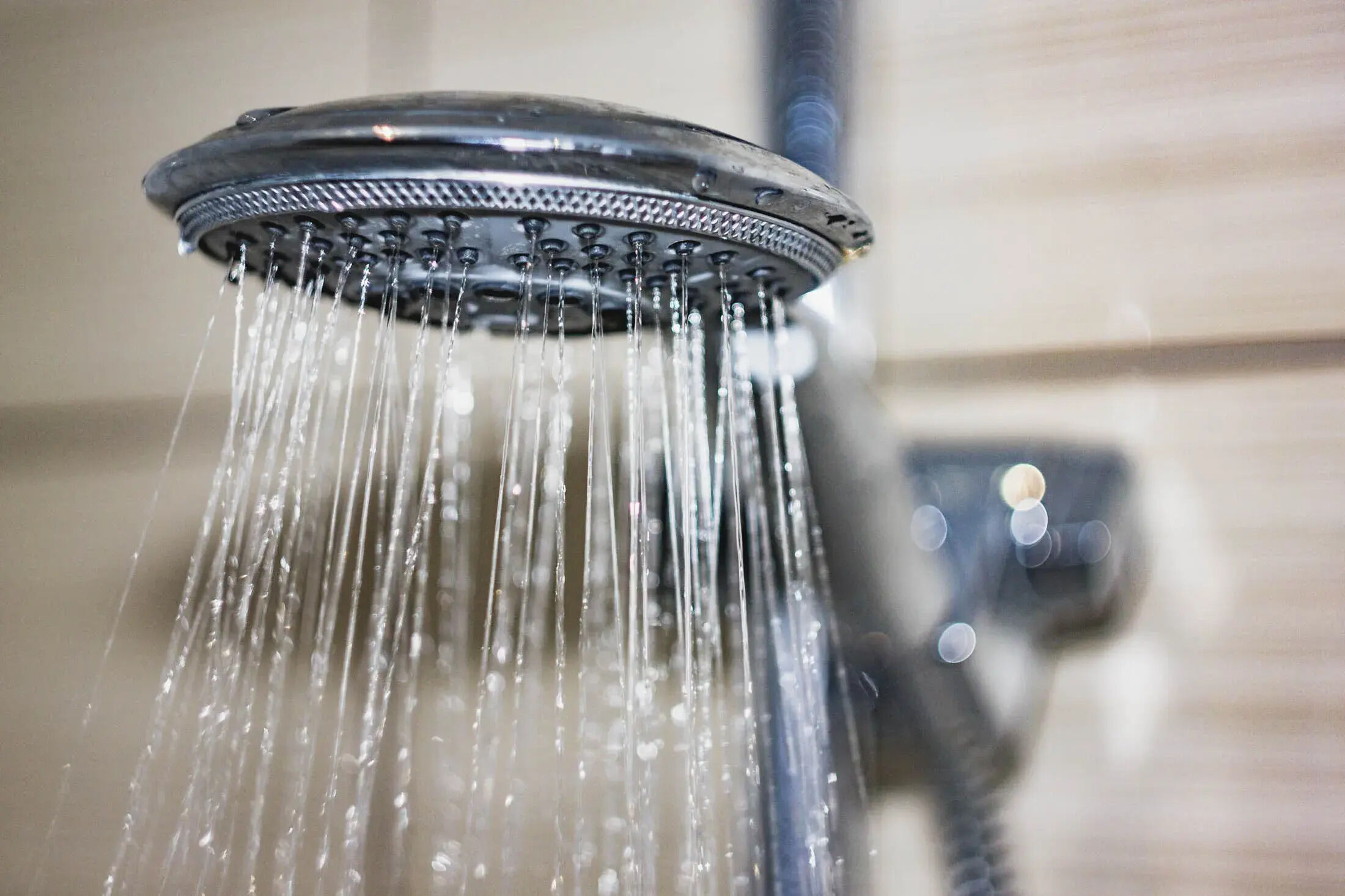

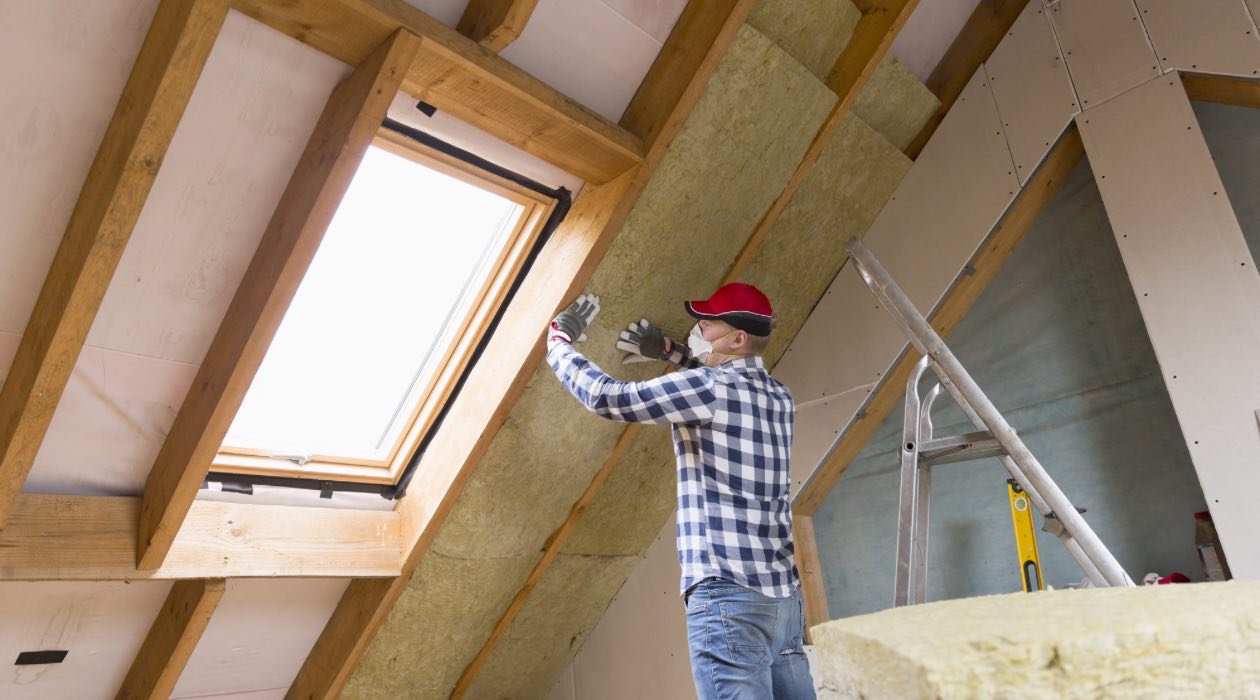

0 thoughts on “Cryptic Crawlspaces Solving Moisture Mysteries”